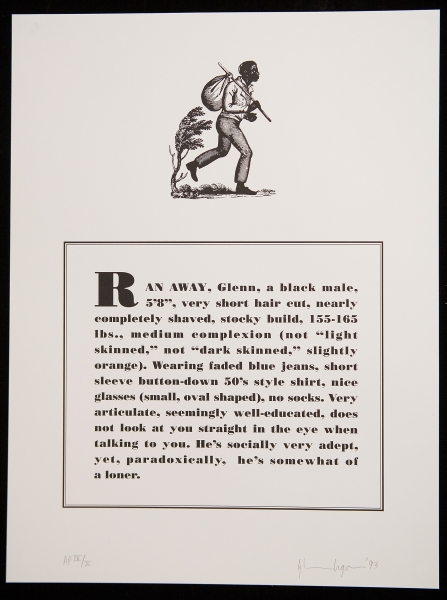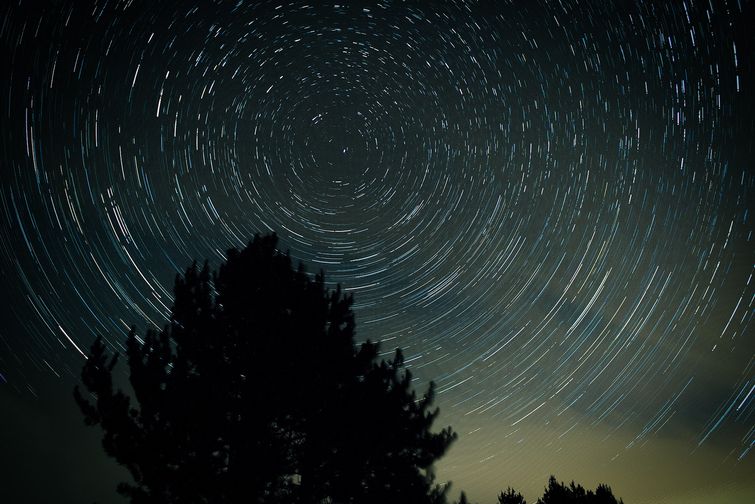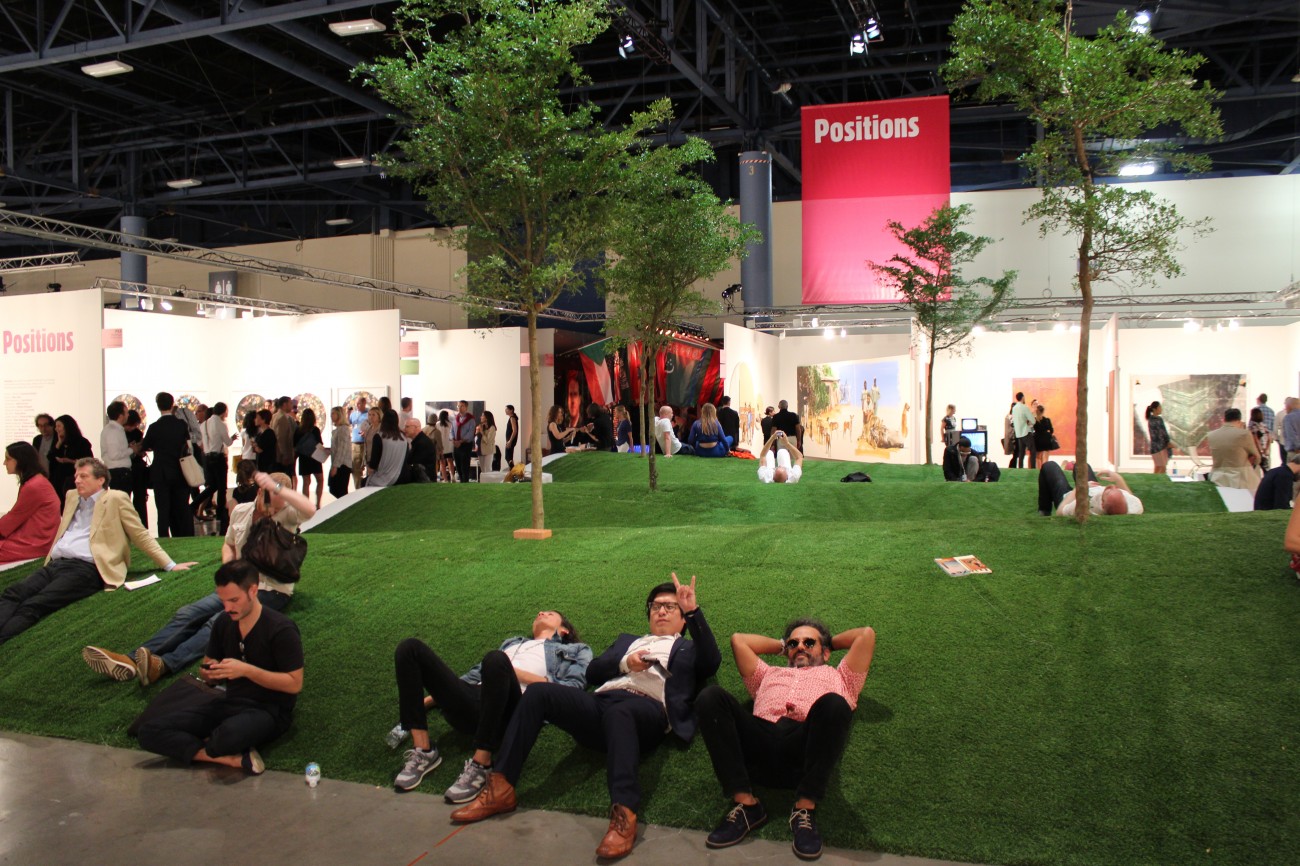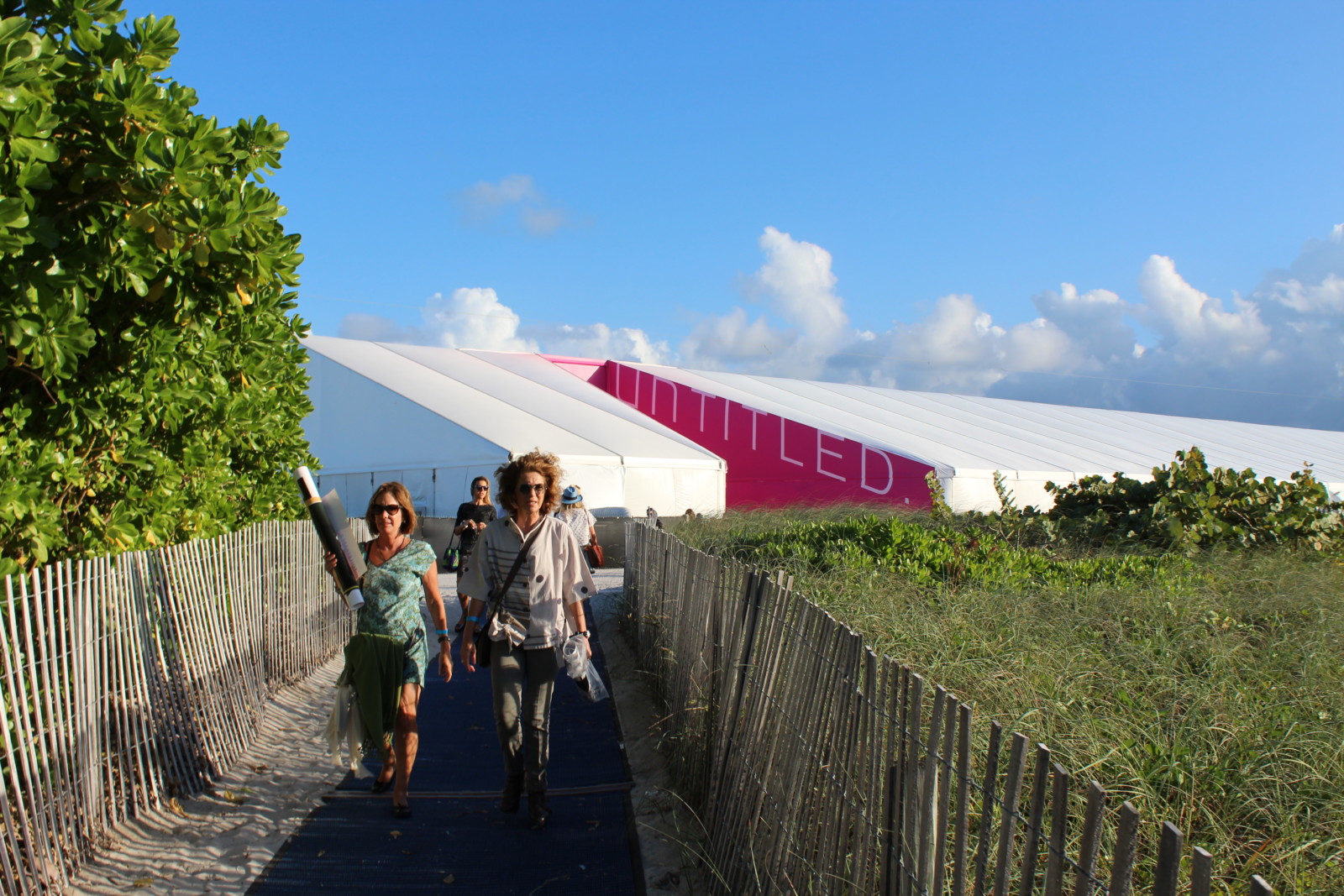
REGEN PROJECTS
ABRAHAM CRUZVILLEGAS
Autodestrucción 1
November 3 – December 22, 2012
Opening reception
Saturday, November 3, 6 – 8pm
For immediate release
Cruzvillegas was born in Mexico City in 1968, where he lives and works. Cruzvillegas’ practice deals with history and the construction of the self in reference to economic, social, political, and historical conditions. Employing various means to create open-ended strategies of production and reception, Cruzvillegas gives objects a new life and context, generating shifts in meaning and interpretation, meanwhile demonstrating how concepts and relationships can be constantly inverted and transformed. He explores economies of the makeshift, hand-made, and the recycled, and often incorporates site and elements of a particular location within the context of a work, exhibition, or project, creating a connection between Mexico City and the location in which the artist is working. His practice examines the way in which one constructs or reconstructs histories from information, illustrating how ideas are often a dialogic conflation of many people, places, and times. Improvisation and assemblage are core aspects of his practice, which is informed by, and connected to ideas of survival economics, labor economies, and the ready- made.
Cruzvillegas’ film Autoconstrucción and related works have been exhibited at numerous venues including: Modern Art Oxford, 2011; Redcat, 2009; and the CCA Glasgow, 2008. Filmed in Ajusco, Mexico, this intimate view of the city in which the artist grew up shows a neighborhood that was essentially collaged together, without a city plan or clear delineations of property and ownership. As a result, its residents took an improvisational and collaborative approach to carving out the community, using whatever materials were available. Autoconstrucción, or self-building, generally refers to this type of construction, an idea upon which the artist has expanded and applied to sculptural and installation works. This exploration of self-portraiture provides an armature for his wide-ranging and multidimensional practice. The concept for his first solo exhibition with the gallery, entitled Autodestrucción 1, originates from a narrative that tells the story of a trumpet player through the vantage point of his instrument, and is a continuation of the artist’s Autoconstrucción project. “El Rebaje,” written by Cruzvillegas, explores the way in which an object has a lasting relationship with its owner. Miguel Prado, the main character of “El Rebaje,” and the uncle of Cruzvillegas’ father, was a musician whose journey is through music, and it is through music and transformation that he escapes from the town where he grew up, and continues his adventure to Poland, California, and Paris. Prado returns home with only his faithful trumpet and his roots. Assembled with various objects from Mexico City and California, Cruzvillegas’ sculptural works bring together the various identities of a cross-cultural connection found in music, and an identity defined by a shared style.
The exhibition’s predominantly sculptural works, adorned with found and constructed objects, are based on images and dress of the Parisian Zazou and Californian Zoot Suiters. Drawing source material and inspiration from the culture and music of the Zoot Suit, Zazou, and Pachuco movements, these underground modes of expression share a culture of resistance in which fashion and identity create and construct a temporary notion of the self through style, costume, and ideology. Attire was a way to embody resistance and to defy conformity. Social inequalities and rebellion were marked by way of dress, and once these ideologies failed, the style faded away as the protagonists changed and reverted to some other reality.
Cruzvillegas’ work has been exhibited in solo exhibitions world wide, including the Museo de Arte Contemporáneo, Oaxaca, Mexico, 2005; Contemporary Arts Museum, Houston, TX, 2003; Museo Universitario de Ciencias y Arte, Mexico City, Mexico, 2001. He participated in Documenta (13), Kassel, Germany, 2012; Gwangju Biennial, South Korea also in 2012; 10th Havana Biennial, Cuba, 2009; 50th Venice Biennial, Italy, 2003. In 2006, he received the Altadis Contemporary Art Prize. He was the artist in residence at the Atelier Calder, 2005; Brownstone Foundation, 2006-07; Civitella Ranieri Foundation, 2007; Smithsonian Institution’s Artist Research Fellowship program, 2008; a joint residency at the Center for Contemporary Arts and Cove Park also in 2008; Wattis Institute of the California College for Arts in 2009, and was the grant recipient of the Deutscher Akademischer Ausrauch (DAAD) in 2010-2011. Cruzvillegas has recently been announced the winner of the 5th Yanghyun Prize. His upcoming solo exhibition at the Walker Art Center will open March 2013.
![Glenn Ligon, Runaways [detail] 1993 Suite of 10 lithographs 16 x 12 inches each Courtesy Regen Projects Los Angeles](https://www.paris-la.com/wp-content/uploads//2017/03/154508185264e46d0b5f4f85b555ef65-300x403.jpeg)


















































